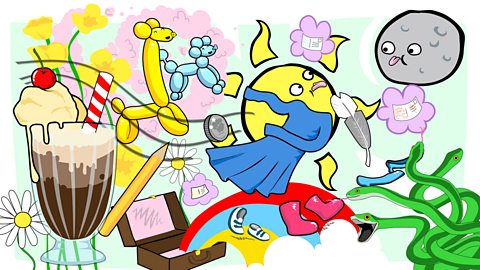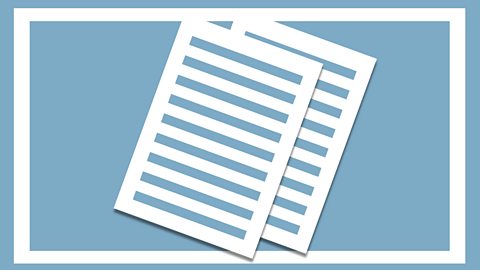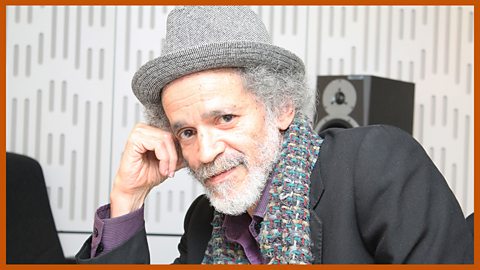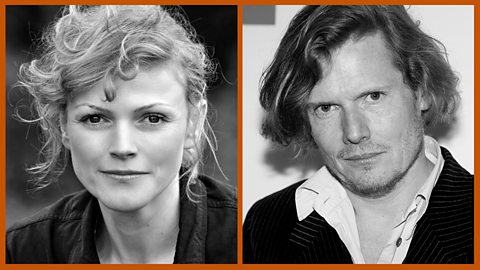¬йґєєўЌш „“≥»лњЏ Teach > School Radio > English > Talking Poetry
Rosen - Nichols - McGough - Kay - Agard - Coe - Classic 1 - Classic 2
Duration: 15:00
The poet Mandy Coe introduces and reads some of her best-known poems for children:
If you could see laughter
What would laughter look like if we could see it?
Buttercup
The poet delights in the rhythm of the word 'buttercup'.
Sensing mother
The poet senses both love and loss when she thinks of her mother.
Busy feet
Creates the hustle and bustle of busy feet through rhythm.
Fizz
Celebrating the awesome energy of young people.
Night and day
The poet celebrates the difference between opposites.
Soft as the blanket
The poet imagines experiencing the world with very sharpened senses.
Being the baddie
Exploring what a 'baddie' is - perhaps simply misunderstood?
Upon once
Playing with 'Once upon a time' by turning it on its head!
If you wish to listen to the poems individually, these can be found below.

The poems
If you could see laughter (duration: 01:24)
Buttercup (duration: 01:00)
Sensing mother (duration: 01:20)
Busy feet (duration: 00:35)
Fizz (duration: 01:13)
Night and day (duration: 01:20)
Soft as the blanket (duration: 01:29)
Being the baddie (duration 01:53)
Upon once (duration: 01:31)
Curriculum guidance
There are eight programmes in this series. Each of the first 6 programmes profiles a different contemporary childrenвАЩs poet who introduces and then reads a selection of his or her work.
The final two programmes focus on classic poetry and include a selection of well-known poems often taught at Key Stage 2. These poems are read by the actors Maxine Peake and Julian Rhind-Tutt.
Using the audio
The programmes can be used in a variety of ways. You can listen to them in their entirety or listen to and focus on one poem at a time. Students can read the text of the poem before, during or after listening to the recording and there are suggestions in these notes for pre-, during-, and post- listening activities.
Using the images:
Each programme is accompanied by a composite picture inspired by the poems in that programme. These can be used:
to stimulate pre-listening discussion about what the poems might be about;
to explore themes in the poetвАЩs writing;
to support reading of individual poems вАУ the image can act as a visual reminder of topics, themes or narratives for students while they are completing work on poems;
to stimulate creative writing: pupils could pick two or three elements of the picture and combine them to stimulate a story. This might work well with a вАШconsequencesвАЩ story frame: a framework of actions already written where pupils add in nouns taken from the image to make a story.
More detailed guidance can be found in the Teachers' Notes below

ћэ
ћэ
More from Talking Poetry
5. John Agard. audio
John Agard introduces and reads some of his best-known poems for children, including 'A date with spring' and 'Hopaloo kangaroo'.

7. Classic poetry 1. audio
Maxine Peake and Julian Rhind-Tutt read a selection of classic poems, including TS Eliot's 'The Naming of Cats' and Alfred Noyes' 'The Highwayman'.

8. Classic poetry 2. audio
Maxine Peake and Julian Rhind-Tutt read a selection of classic poems, including 'Jabberwocky' and 'The Jumblies'.

¬йґєєўЌш „“≥»лњЏ Teach > School Radio > English > Talking Poetry
Rosen - Nichols - McGough - Kay - Agard - Coe - Classic 1 - Classic 2